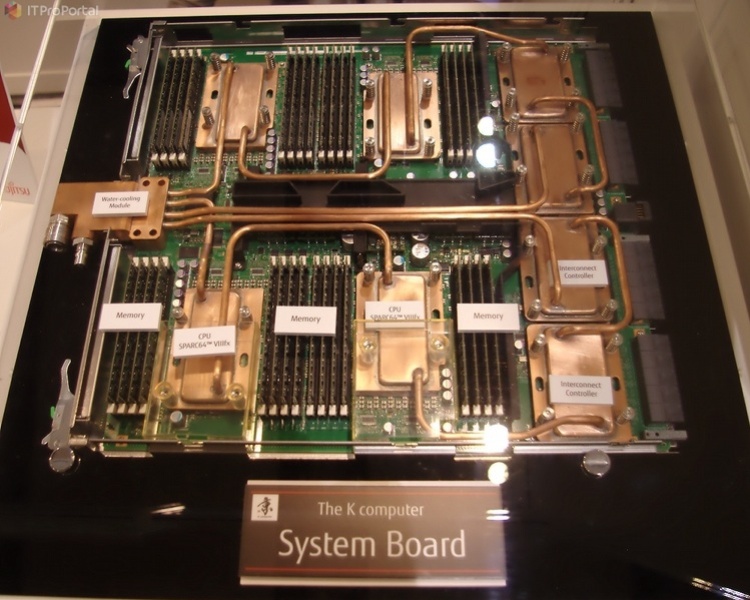Mainframes vs. Supercomputers
Although we all think our mainframes are super, mainframes and supercomputers are different on some fundamental levels. Here’s why.
Also Read What is a Processor Or CPU?

Both mainframes and supercomputers push the limits of what can be accomplished through computing. They are both large and powerful machines, but they are not the same thing. Because of their similarities (big black boxes hidden away in locked-up data centers), the terms are often used interchangeably by those who don’t know any better. However, they refer to very different kinds of hardware and types of computing.
The biggest distinction between mainframes and supercomputers is the type of problems they tackle. Each of these types of large computers is specially designed and optimized to perform a particular type of task, and to do it better than any other computer. Not only do supercomputers and mainframes do their tasks more efficiently than other types of computers, they do things that no other computers can do!
Also Read What is a Graphics Card?
Supercomputers are designed to work on types of problems whose primary constraint is calculation speed. Mainframes, on the other hand, deal with problems constrained by input/output and which demand reliability above all else. So while supercomputers are ideal for performing complex calculations on a large data set, mainframes are well suited for performing thousands upon thousands of concurrent transactions.
Supercomputers conduct large amounts of very fast and complex calculations on data stored in memory. These computers are built to purpose to run complex simulations or beating grand masters in chess. Mainframes process the large amounts of data that come into them from external sources, such as credit card transactions or payroll processing.
Supercomputers push the limits of computational speed, discovering what is possible for a computer to do. They are the explorers of the computing world. Conversely, mainframes are the workers. Rather than pushing up against the boundaries of what’s possible, they focus on reliable completion of large tasks and processing of transactions. They are the farmers of the big computing world, doing the hard labor that a complex industrial world needs done.
Here are some of the other differences:
Mainframes:

• Support many concurrent users
• Support new and legacy software (backwards compatibility)
• Run many different kinds of operating systems (z/OS, Linux, etc.)
• Uninterrupted operation
• Have performance measured in Millions of Instructions per Second (MIPS).
• Perform tasks on huge amounts of external data
• Are flexible enough to run many kinds of applications and tackle broad business tasks

Also Read What Is The Difference Between DDR2 & DDR3 RAM
Supercomputers:

• Focused on speed and accelerated performance
• Push boundaries of what hardware and software can accomplish
• Typically run a variant of Linux as their operating system
• Are typically run at maximum capability, putting the computer’s full processing resources toward solving a particular problem
• Are often a cluster or grid of smaller computers working together on whatever problem they are looking to solve
• Have performance measured in Floating Point Operations per Second (FLOPS)
• Execute complicated computations using large internal memory
• Have dedicated purposes for tasks like scientific research or engineering models
• Run multiple programs concurrently
• Focus processing power to execute a few programs or instructions as quickly as possible

Also Read What Is PAE And How To Enable It?

These two behemoths of the computer world, mainframes and supercomputers, will continue to dominate the heavy duty computing needs of business, science, government, and many other fields. Their power and specialized capabilities make them well-suited for their particular tasks.
However, the capabilities of mainframes are determined as much by the software systems that run on them as by the pure capabilities of the hardware. That’s why it’s important to pick and find the mainframe software most suited to the mainframe tasks you’re looking to accomplish.
NOTE: Feel Free To Comment....





0 comments: